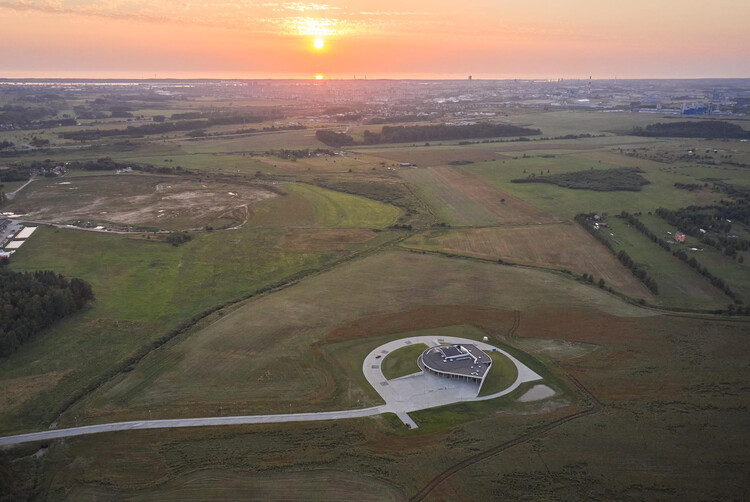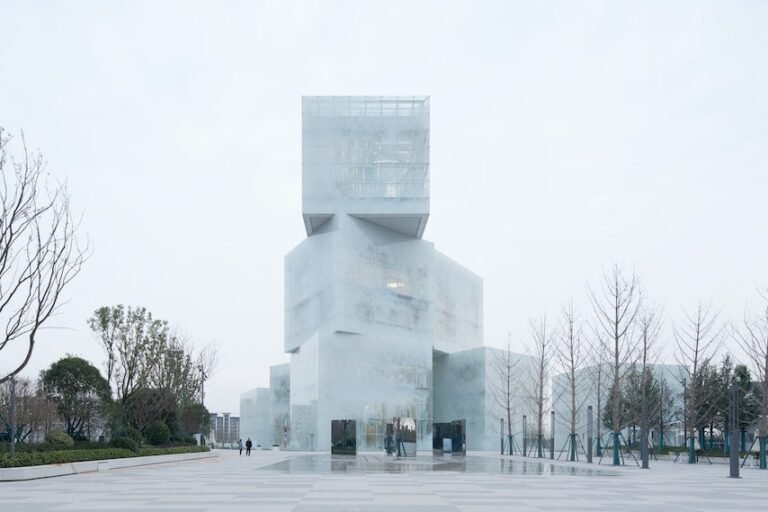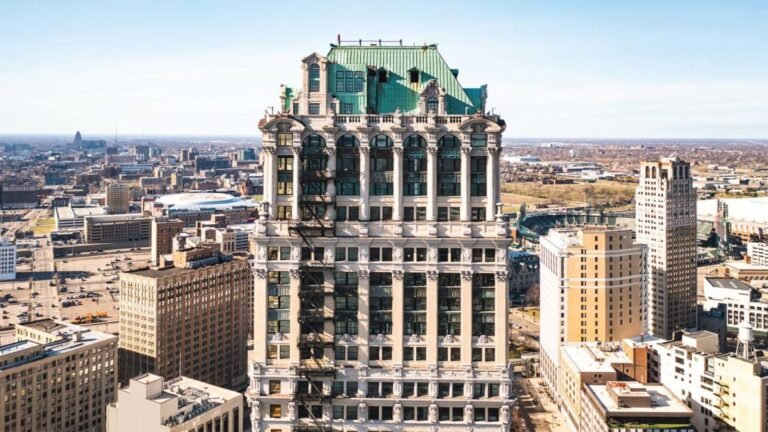Crematorium The Tumulus / AEXN Architects
Crematorium The Tumulus / AEXN Architects

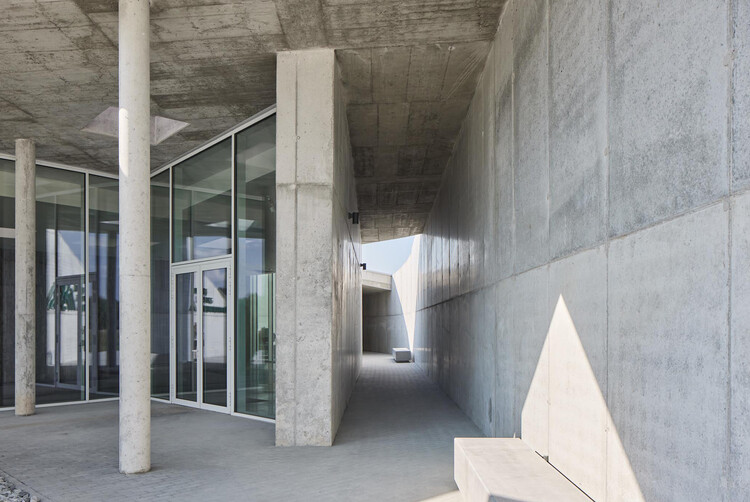
Text description provided by the architects. The crematorium is located on a flat surface – in a field by the forest. The mass concept of the design is a rather sensitive manner – it represents a shallow hill rising from the surface. The crematorium is designed with a metaphor of a burial mound covered with white linen. The volume of the building and its access spaces are separated by embankments of the surrounding landscape. The structure of the roof is reminiscent of a ritual blank that covers architectural volume and tailors it into the surrounding ground. The crematorium building is visible from a distant perspective and becomes the epicenter of the ritual. It calmly invites and releases those who arrive. It is a place of emotional discharge and a quiet transformation subordinate to the eternal time and the experience of eternity.



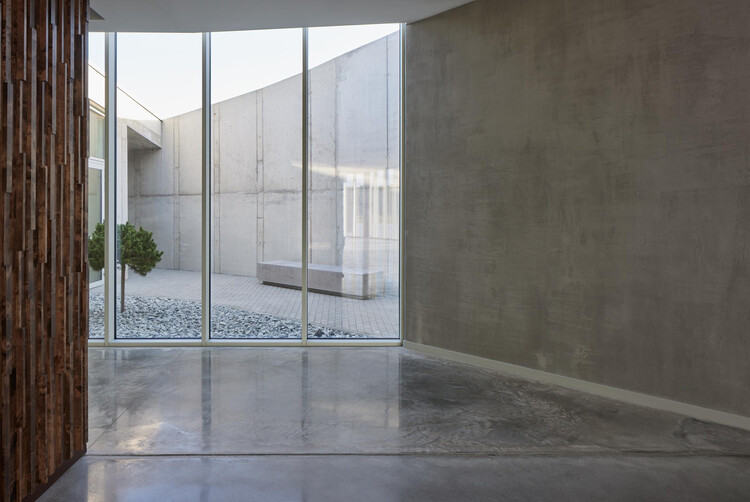
The values and principles of the final design were based on four basic provisions:
- A concept metaphor that determined the search for shape and plan structure.
- Space – of a different nature and ritual provision of space formation with localized shelters.
- Processivity that would be tied with space in several essential directions outside forming a circle. Moving from one room to another following the steps of a ritual.
- Material – long-term concrete. With the process of aging, the metaphor of the eternal time and the connotation of modern ruins would be expressed on the outer surface aka façade.

Interior spaces are designed trying to provide a cozy and comforting atmosphere for the visitor. Spaces dedicated to contemplation and recreation are necessary. The form of the memory ritual architecture that could create a safe emotional environment for experiencing one of the stages of life is relevant not only in Lithuania. The common feature of such architecture is spaces dedicated to spiritual and emotional healing. As a result, the inner yards system is designed and intertwined into the building structure, connecting inside and outside spaces. Chosen material – timber planks – covers the interior walls also chosen to create a cozier feeling.



The next step for the site development is the columbarium park, consisting of sixteen different indoor premises and several open spaces with different landmarks, artistic accents, and spaces for contemplation. From the crematorium building – an epicenter of the site and a start of the ritual – crematorium would be a last sacramental. Each of the micro-spaces in the columbarium park is created in such a way that it is recognizable and differentiated from the rest as well as the fuss of the outside world and the speed of everyday life. Allowing space for a calming experience.
